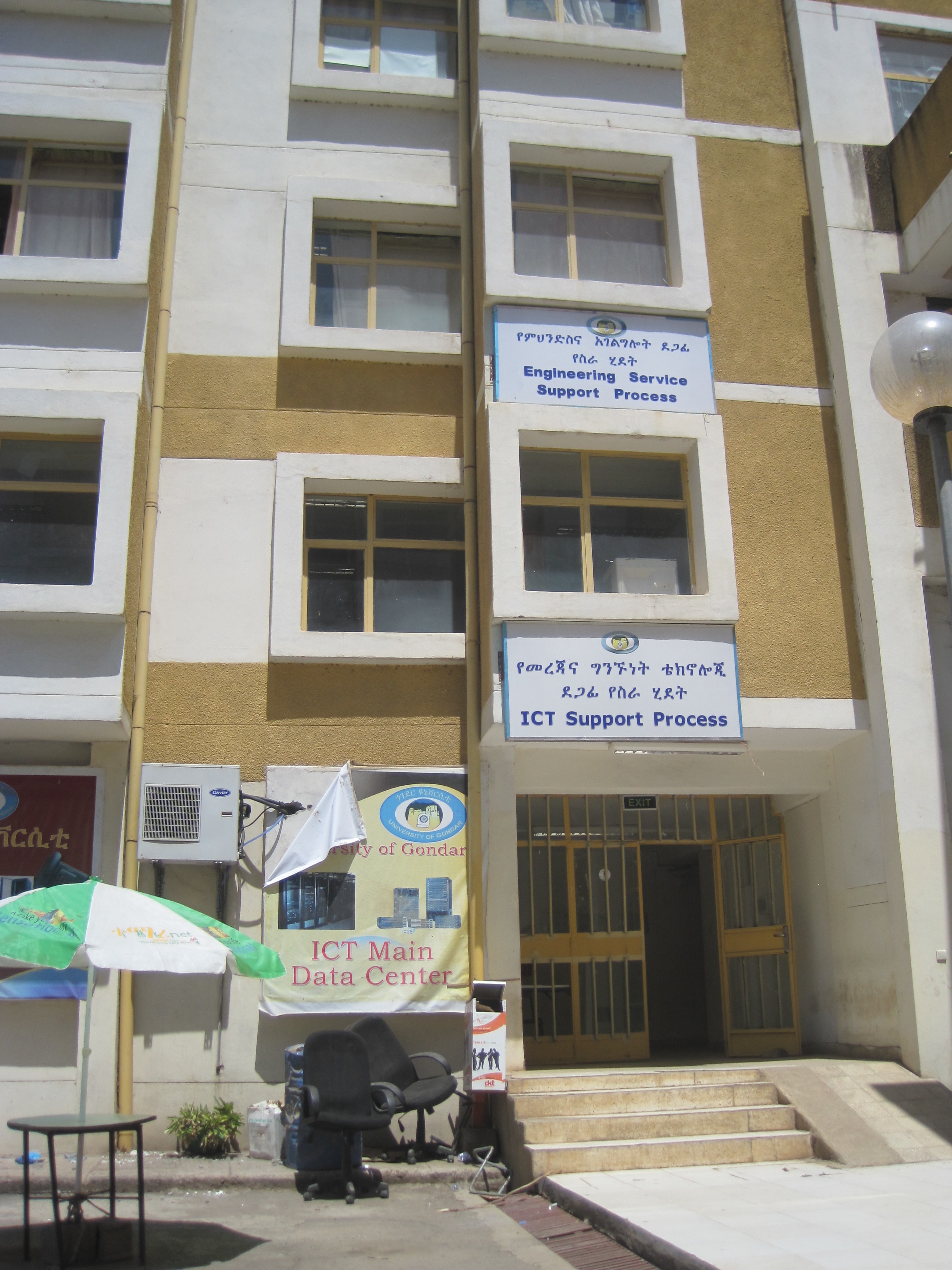By Tom Gregoire
Dean, Ohio State College of Social Work
Yemataw is a social work student at University of Gondar, Ethiopia. He’s a great example of the future potential of our field in this country.
Yemataw works with Hope for Tomorrow, an agency that shelter’s homeless children and young people rescued from human trafficking. Children live in a home with up to 15 other children. The agency builds their model around a foster-care type approach. Each home has a mother and father assigned to it. The children are enrolled in school, get regular health care, and care for each other like a family.
Social work is a relatively new profession in Ethiopia, and its benefit to health and well-being is not well understood here. I’m here with two other members of Ohio State’s College of Social Work to meet with social work colleagues at the University of Gondar. Associate Professor Jacquelyn Meshelemiah, Associate Director of Field Education Elon Simms and I are here during Ohio State’s spring break. As I write this, we are more than halfway through our visit.
Our trip follows multiple meetings with Gondar representatives both in Columbus and Washington, D.C. Our Gondar colleagues identified the important role of social work in health care, and asked us to assist them in advancing their work in that area. Gondar is one of only six social work programs in Ethiopia. (There are more than 400 programs, and 220 graduate programs in the U.S.)
Beginning in the fall of 2104 Gondar will offer only the second Ethiopian graduate program in social work. (Addis Ababa was the first in 2006.) We are assisting them in the implementation of their new MSW program. Our assistance currently takes the form or reviewing curriculum and consulting on field and community education. We anticipate teaching and supporting research here in the future.
We began on Monday by meeting the social work faculty. That day was devoted to teaching each other about our programs, and the role of social work.
On Tuesday we presented to the collection of social work, nursing, and medical faculty and students. Jacquelyn discussed social work in health care, I presented a conceptual framework for graduate professional education (hopefully more interesting than it sounds), and Elon addressed the role of field practicum and community engagement in social work education. Our presentations were followed by thoughtful and creative conversation.

Elon, Yemataw, myself, and Jacquelyn at Hope For Tomorrow.
On Wednesday we toured social work agencies and met with both staff and the Gondar social work students who were placed there. That’s where we met Yemataw.
We spent much of the rest of the morning at the University of Gondar hospital. In our interviews with physician and nursing staff we learned that social issues are among the most frequent barriers to recovery.
Although there is recognition of the high need for the services that social workers provide, there is limited understanding by other professions of the role of the social worker.

Asmech at Gondar Hospital
Asmech is one of just four social workers who cover the entire University Hospital. A similar sized hospital in the U.S. might have 50 or more social workers. Family members are mostly on their own to discover the social work service, as referrals are infrequent.
After leaving the hospital we toured another shelter for girls where we met Mahi, another social work student. Mahi works at a childcare program. In Gondar when a woman is imprisoned her children are often placed in the prison with her. This childcare center exists for those children, who are bused to the center from prison each day and returned to their mothers in prison at the end of the day. Today, we’ll meet a student, Eden, who is planning to conduct research on the emotional lives of these children.

Mahi, a social work student who works at a child care center.
It’s inspiring to meet these students who embody the future of the social work field in Ethiopia.
Our evenings have been spent in dinners with our Gondar colleagues. During those gatherings we have learned much about Ethiopian culture, the needs of this country, and most exciting; the great potential of a partnership between the University of Gondar and The Ohio State University College of Social Work. I am inspired by this country and its people and look forward to a long and beneficial partnership.

With our partners at the University of Gondar.


















